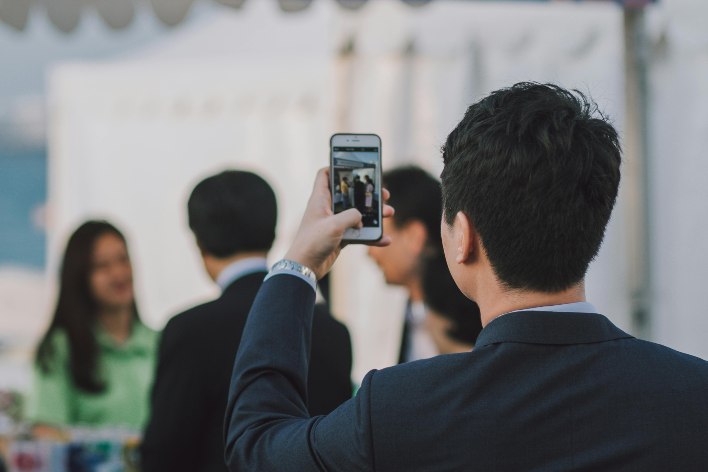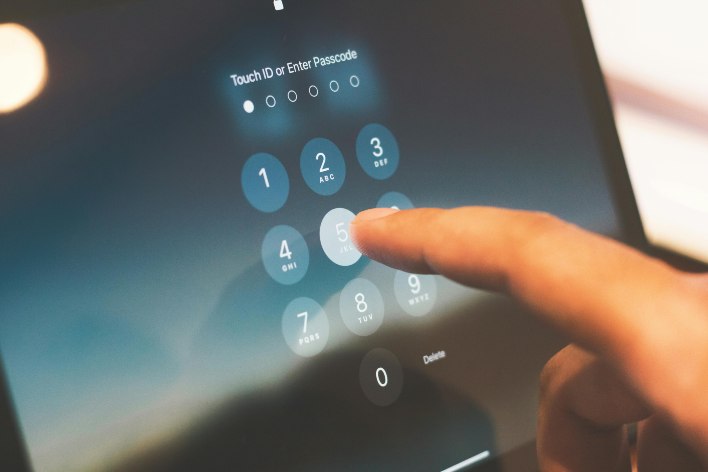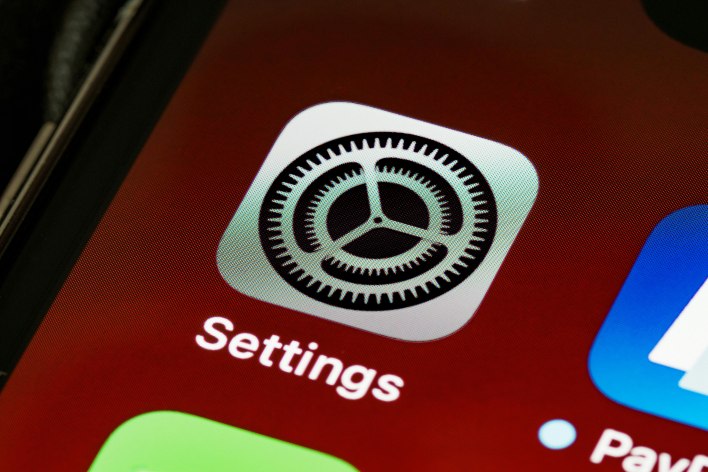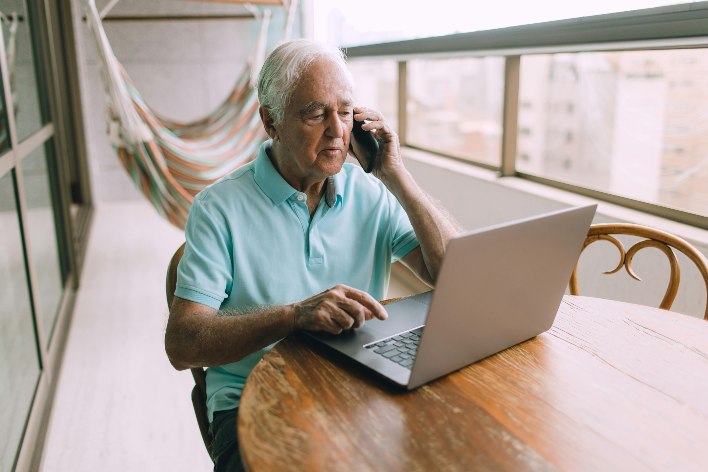Social Media Safety Tips

Hey, cool kids! So today, we're going to talk about something that's seriously super important: internet safety! Because of the massive growth in social media, this is one thing more essential than ever to know how to do in a way that ensures your safety while having fun online. Whether you are posting pictures, chatting with friends, or playing games, being smart about what you are doing online can save you in many ways. Let's go into some super valuable advice on how you can safely use social media.
<>
Understanding Internet Safety
Let's start with defining what internet safety is. Internet safety, if one puts it into simple words, means how to know not to compromise yourself while online, especially on social media. It simply means that you must be informed of the possibilities of dangers that may arise, and how ways might be found of eliminating all risk factors that jeopardize your secrecy and security while finding ways in these online spaces.
Why is Internet Safety Important?
1. Respect Private Information.
Whenever one posts information online, he or she has to think about who will eventually receive that information. Keeping private information confidential helps you protect yourself against some unknown people who may want to cause harm to you.

2. Avoiding Cyberbullying
This includes surfing the net just to make someone feel bad or to harass them. Understand how not to get bullied and how to handle bullying safely on the internet.
3. Safe Use of Social Media
Know with whom you are talking on the internet and be cautious of having too many people contact you so they can talk to each other with or without you. In this way, you will still have fun but this time have positive enriching experiences.
Social Media Safety Tips
Having in mind why internet safety is important, here are some practical social media safety tips on how to enjoy the online world without worry.
1. Use strong passwords

This is one of the first steps for how to use social media safely, as creating strong passwords secures your social media networks. Here are some tips for password safety:
a) Mix It Up: Mix and match letters, numbers, and symbols. Do not use "password123" Instead, use "P@ssW0rd!2024"
b) Unique Passwords: Do not use the same password for multiple accounts. That way, in the event of one getting hacked, the rest are safe.
c) Change Your Password Frequently: Change your password every few months so that it is a habit to change often.
2. Do Not Share Personal Information
Remember: Before posting anything on social media, think before posting. Here are some tips on how to protect private information:
Do not share your location at all and take care not to tag yourself when you are in a place, especially in real-time, as this may give some strangers an idea of where you are.
a) Share Personal Info Only with Yourselves: Do not share your mobile numbers or the address of your house, even the name of your school as it may contain some personal information. Share them with only trustworthy friends.
b) Privacy Settings Check: Check your social media accounts for privacy settings so you can restrict the people who can see your posts and other information. Make sure that only friends can view your profile!

3. Think Before You Post
Every time you type something out online, try to consider these questions:
a) Are you Nice? Before hitting that post button ask yourself if your message is respectful and kind. If not it's probably best left unsaid.
b) How might they hear it? Think how someone else might hear your post. What sounds funny to you could cut another person into ribbons.
c) Once It's Out, It's Out: Think about it this way: in most cases, you cannot delete items you post online from the internet indefinitely. Be prepared for whatever you post here to always be here.
4. Think Twice About Your Friend's Requests
What else you should be cautious of is when you receive friend requests or messages from individuals whom you do not know.
a) Never accept unknown requests: Be very careful with accepting friend requests. You can only accept if you know the person personally. If they cannot introduce themselves, do not waste your time on them; you should ignore or block them instead.
b) Verify first before chatting: When they say that they know you but you're not so sure, never hesitate to ask mutual friends for information about that person or even ask him or her directly.

5. Report and Block
There may be times when you feel uncomfortable or worse still, something inappropriate comes up; do not hesitate to do so:
a) Use the Report Feature: Most social media applications have a report feature for any inappropriate content or behavior. If someone is being mean or if you feel it's not right, report it.
b) Block Users Who Annoy You: If a user is harassing you or making you feel uncomfortable, block them to get them off your list.
6. Talk to Trusted Adults
You are never wrong for seeking help:
a) Share Your Concerns: If you see something on the internet that you are worried about, talk to a trusted adult—parent, teacher, or counselor, for example.
b) Ask questions: If you are unsure of what you are seeing about something on social media, do not be afraid to ask an adult for his or her take on the subject.
7. Keep Some Distance from Social Media
The most important lesson that you learn is that there needs to be a limit to the time spent on the screens.
a) Limit Screen Time: Set specific times to check your social media accounts and avoid deliberately spending too much time online. This reduces your chances of getting stressed and keeps you focused on other activities.
b) Free Time: Do the things you love: play sports, read, and hang out with friends. This will keep a healthy and jovial mind.
8. What is Cyberbullying?
To be safe online, of course, you must understand cyberbullying:
a) Know the Look: Cyberbullying, for example, means mean messages, spreading untrue rumors, or excluding people from online groups. It means making the look.
b) Know How to Respond: Know What to Do If you, or somebody you know, is being bullied online, document what's going on-record those exchanges, and report it. Support each other by being nice and helpful.
c) Spread Kindness: Get your friends to be kind on social media. A positive online environment makes social media a better place for everyone!

How to Use Social Media Safely
So, with these, you can safely use social media. Here is a summary of what is known as social media safety with key considerations:
Create safe passwords and renew them frequently.
-
Keep your information private or better still, change some settings.
-
Post in caution-think before posting, think of the audience.
-
Be cautious in accepting friend requests or messages from unknown users.
-
Report and Block improper behavior.
-
Discuss online experiences with trusted adults.
-
Sometimes unplug, go offline, and do other stuff.
-
Know about cyberbullying and as an advocate for good vibes.
Fun Activities for Internet Safety
So there are many activities you can do with friends or family to make learning internet safety a fun activity too:
1. Design an Internet Safety Poster
The group comes up with a poster full of essential guidelines for internet safety. This poster is posted somewhere, where every individual has to pass through, it acts as an inspiration to stay safe on the net.
2. Role-Play Scenarios
Role plays several scenarios that may occur online, such as a friend request from somebody you know or no idea who it is, or worse still the victim of cyberbullying then after role-playing discuss what has to be done in a given situation.
3. Online Safety Quiz
Get some serious light-hearted online social media safety tips; turn it into a challenge over who can remember the most!
4. Watch Learning Videos
There are thousands of entertaining yet educational videos out there discussing how to make the internet safe for children. Get a few friends over, watch some together, and then discuss what you have learned later.
5. Start a Discussion Group
Begin the process of forming a group where you all can discuss your experience. Ask every member to advise the others on how to be safe online.
Conclusion
Being smart about the internet has become one of today's very much-needed attributes. Knowing how to use social media responsibly will enable one to be able to have all the fun and connections offered through these social media networks without compromising one's safety.
Practice safety: Use strong passwords, don't overshare personal info, think before you post, and don't hesitate to come to trusted adults if you need guidance on something.
With these tips and a healthy online culture, social media can be that much safer and more enjoyable for everyone.
Get out there, get your thumbs ready, and go see that other virtual world, but do it safely! You can do it!
MCQs
1. Which of the following is a best practice for creating a secure password for social media accounts?
A. Using the same password across all accounts for convenience
B. Using a combination of uppercase letters, lowercase letters, numbers, and special characters
C. Using your birthdate or pet's name as your password
D. Choosing a simple password that is easy to remember
Correct Answer: B
2. When receiving a friend request from someone you don’t recognize, what is the safest approach?
A. Accept the request immediately to grow your friend's list
B. Ignore the request completely
C. Review their profile carefully, and only accept if you can verify their identity
D. Message them your personal details to see if they respond
Correct Answer: C
3. Which of the following actions helps prevent identity theft on social media?
A. Posting personal information such as your address and phone number
B. Sharing updates about your travel plans publicly
C. Setting your profile to private and limiting what strangers can see
D. Tagging your location in real-time posts
Correct Answer: C
4. If you receive a suspicious link from a friend on social media, what should you do?
A. Click on the link to see if it’s safe
B. Ignore the message completely
C. Open the link on another device
D. Contact your friend through a separate method to confirm if they sent it
Correct Answer: D
Discover more exciting ways to make learning fun—explore our site for engaging resources and activities today!
Related Blogs
Effect of Social Media on Teens
How to Keep Your Children Safe from Social Media
Other Related Blogs
NCERT Solutions | Sample Papers | CBSE SYLLABUS| Calculators | Converters | Stories For Kids | Poems for kids| Learning Concepts I Practice Worksheets I Formulas | Blogs
Admissions Open for
CBSE Schools In Popular Cities
- CBSE Schools in Bangalore
- CBSE Schools in Mumbai
- CBSE Schools in Pune
- CBSE Schools in Hyderabad
- CBSE Schools in Chennai
- CBSE Schools in Gurgaon
- CBSE Schools in Kolkata
- CBSE Schools in Indore
- CBSE Schools in Sonipat
- CBSE Schools in Delhi
- CBSE Schools in Rohtak
- CBSE Schools in Bhopal
- CBSE Schools in Aurangabad
- CBSE Schools in Jabalpur
- CBSE Schools in Jaipur
- CBSE Schools in Jodhpur
- CBSE Schools in Nagpur
- CBSE Schools in Ahmednagar
- CBSE School In Tumkur











